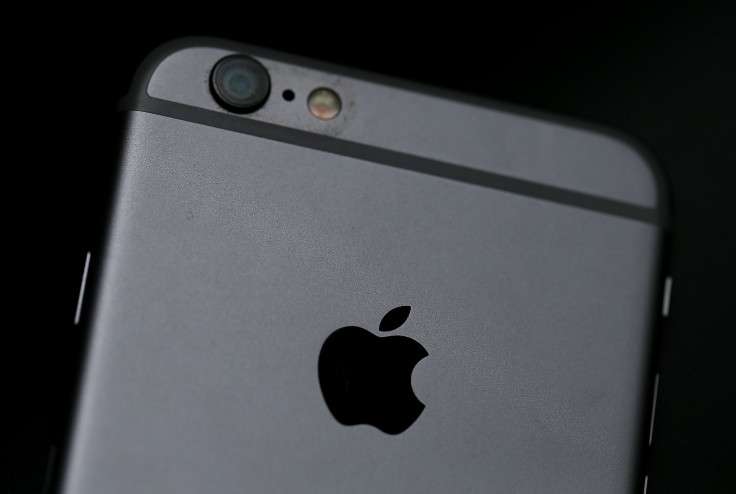Apple's iPhone Business Shows Signs Of Life

Back on January 2nd, Apple (NASDAQ:AAPL) negatively pre-announced its earnings results for the first quarter of fiscal year 2019, as iPhone sales -- particularly in the Greater China region -- fell substantially short of expectations and saw a year-over-year sales decline.
That decline continued into the company's second quarter, with Apple CEO Tim Cook saying on its most recent earnings call that iPhone revenue dropped 17% year over year during that period.
Although a 17% decline is pretty awful, there were some potential bright spots for the company's iPhone business that suggest signs of life. Let's take a closer look.
Moderating declines intra-quarter
According to Cook, the year-over-year declines in the company's iPhone revenue "were significantly smaller in the final weeks of the March quarter." He added, "We like the direction that we're headed with iPhone and our goal now is to pick up the pace."
Later on in the call, Cook went into some more detail on these improvements that helped to shore up iPhone results in China, the region that has been most problematic. One factor that helped to boost the company's Greater China iPhone performance, per Cook, was that Apple "made some price adjustments essentially backing out the weaker currency effect."
The executive also explained that the Chinese government initiated some "stimulus programs" such as reducing the value-added tax (VAT) rate from 16% to 13%, ultimately translating into more accessible prices for consumers.
Third, Cook said that "our trade-in and financing programs that we've implemented in our retail stores have been very well received there, and I'm happy with the results to-date there."
And finally, he highlighted "an improved trade dialog between the US and China" as something that has "affected consumer confidence on the ground there in a positive way."
Getting better in the current quarter
Although it looks like Apple's iPhone business is going to continue its decline in the third quarter, CFO Luca Maestri did say that the company is "expecting a relative improvement in our iPhone performance on a year-over-year basis in Q3 versus the first half [of fiscal year 2019]."
So Apple's iPhone business isn't quite out of the woods yet, but there does appear to be a silver lining.
Looking ahead to the next launch
While Apple is pursuing a number of tactics to try to improve demand for its current iPhone lineup, the company will need to fundamentally improve its competitive positioning in the premium smartphone market with future models to improve its iPhone business performance.
Apple might, for example, consider being more aggressive on the tech specs of future products, adopting cutting-edge technologies at a quicker pace than it might have otherwise. Indeed, Apple seemed to let itself fall behind in smartphone photography -- a key use case among smartphone buyers -- and I wouldn't be surprised to learn that this fact hurt the company's iPhone business in the current product cycle.
The company could also consider pricing its devices more aggressively, sacrificing gross margins to some extent but more than making it up in volume shipments. Determining a pricing strategy that maximizes the revenue and profitability of the iPhone business is certainly no mean feat, but based on the relatively poor performance of the current iPhone lineup over the course of this product cycle, a rethinking of assumptions on Apple's part might be in order.
Apple's next iPhone product cycle will be very interesting to follow as management responds to these challenges, and investors should keep a close eye on the start that it gets off to come September.
This article originally appeared in The Motley Fool.
Ashraf Eassa has no position in any of the stocks mentioned. The Motley Fool owns shares of and recommends Apple. The Motley Fool has the following options: long January 2020 $150 calls on Apple and short January 2020 $155 calls on Apple. The Motley Fool has a disclosure policy.





















